US Hypersonic Program and its Prospects
March 2, the Pentagon held a press conference on American projects of hypersonic weapons. About the state and prospects of this area told the head of research and engineering programs of the US Department of Defense Mark Lewis and his deputy Mike White, responsible for hypersonic projects. They talked about the progress of work, and also answered a number of important questions.
Year plans
M. White said that new full-scale tests within the framework of the hypersonic program, called Flight Experiment 2 (“Flight Experiment No. 2”), are planned for the current year. The exact date of their holding is classified. We are talking about an experimental model that meets the concept of Prompt Global Strike. In the future, such products will be suitable for use by the army and naval forces. Other details have not yet been specified.
Pentagon officials noted that so far only experiments are being conducted as part of a promising program. Tests of full-fledged hypersonic prototypes weapons will begin later, after completion of ongoing research.
M. Lewis pointed out that his department and related organizations are not afraid of failures at the current stages. In addition, he noted that in the course of scientific research two types of failures and difficulties are possible: noble failor (noble failure) and dumb failor (stupid failure). The former provide the accumulation of experience and contribute to the further development of the project.
The successes and failures of the near future will contribute to the further development of the program. Based on the experience gained, it is planned to create and put to the test full-fledged samples of hypersonic weapons. The timing of these events is not specified, but program managers talk about their readiness to deliver weapons to the troops in 2025.
Basic approaches
According to M. Lewis, a specific picture is observed in the field of hypersonic weapons. In the past, the United States was a leader in this field and created advanced technologies, but then it was decided not to introduce such systems in practice. Hypersonic systems have not entered service.
However, later similar technologies appeared in other countries. Russia continued its own research and brought it to the desired results, and China was able to finance the rapid implementation of its own program. As a result, the United States found itself in the position of catching up, and now the Pentagon has to take action. Now a new stage of research is being carried out, and in the near future there will appear products suitable for practical use.
The leaders of the hypersonic direction revealed an interesting approach to the implementation of current projects. Now all the major scientific and design organizations from the Pentagon and the defense industry are participating in the development of new weapons. In addition, new participants are attracted to the projects who do not have much experience in the military sphere. It is expected that a fresh look will contribute to a more effective development of the direction and the speedy obtaining of the desired results.
Technology Issues
The leaders of the area indicated that work on hypersonic topics was actually carried out on several projects and in the interests of all branches of the armed forces. At the same time, issues of creating systems with a planning warhead and cruise missiles with hypersonic flight speed are being studied. Similar products can go into service with the army, air force and navy - taking into account their needs.
Currently, the main efforts are focused on the development of the boost-glide concept. It is less complex, and also uses a number of already available technologies and solutions. Along with this, there are advantages of a combat and tactical nature.
In parallel, the problems of cruise missiles with a ramjet engine are being investigated. Such a concept is based on already known and studied solutions, but further work is necessary. The leaders of the hypersonic program believe that such systems will also find application in the armed forces and will contribute to the growth of defense capability.
Moreover, hypersonic cruise missiles of various types can be widely used. M. White spoke about the fundamental possibility of creating a variety of weapons of this class, compatible with a wide range of carriers. Hypersonic missiles will be able to use not only heavy bombers, but also tactical aviationincluding modern fighters of 4 and 5 generations. The design of the rocket can be adapted to different tasks.
At the moment, hypersonic missiles are considered as promising carriers of conventional warheads. The use of nuclear warheads in current projects is not provided.
In parallel with the development of weapons, issues of counteraction to it are being worked out. The main advantages of hypersonic weapons are associated with the extreme complexity of their detection and successful interception. Several American organizations are now exploring the timely detection and destruction of such complex targets. However, M. Lewis did not disclose the details of such works.
Solved Tasks
The work on hypersonic topics has been going on for many years, and so far a number of key issues have been resolved. M. Lewis gave several examples of this. So, research on hypersonic ramjets for cruise missiles has been ongoing since 2010. To date, it has been possible to work out the main design features of such a product and get to practical testing.
Progress is also being observed in the research field. Years of research have led to the accumulation of a large amount of data used in new works. Thus, the understanding of aerodynamic processes has reached a new level, which allows us to obtain more accurate results already at the stage of theoretical research.
Hypersonic diversity
Currently, several projects of promising hypersonic weapons of the main classes are being implemented simultaneously in the United States. They are engaged in a number of scientific and design organizations; the initiators and customers of the work are different types of troops. All structures of the armed forces understand the importance of a promising direction and therefore do not want to stay away.
The Air Force and a number of commercial enterprises can boast significant success. Lockheed Martin's AGM-183A ARRW airborne hypersonic missile is already undergoing testing. It is expected that it will reach initial operational readiness in 2022.
Until recently, work was underway on the Hypersonic Conventional Strike Weapon (HCSW) program, which provided for the construction of a boost-glide complex. This project was faced with serious problems, as a result of which it was closed. The released funding was redirected to more successful and promising developments.
In general, hypersonic complexes of different classes and for various purposes are now being developed in the USA. In the future, ground-based long-range systems, light and heavy aircraft missiles, etc., may come into service. It is expected that the first samples of these classes will enter service in 2023-25. During a recent press conference, Pentagon officials once again confirmed these deadlines - new weapons will appear in the middle of the decade.
It is noteworthy that, despite all efforts, the rearmament of the US Army with the use of promising hypersonic systems is still a matter of the future. Meanwhile, the main competitors of the United States in the person of China and Russia not only develop such systems, but also begin to introduce them into the troops. The lag still remains, and the Pentagon is doing everything possible to reduce it.
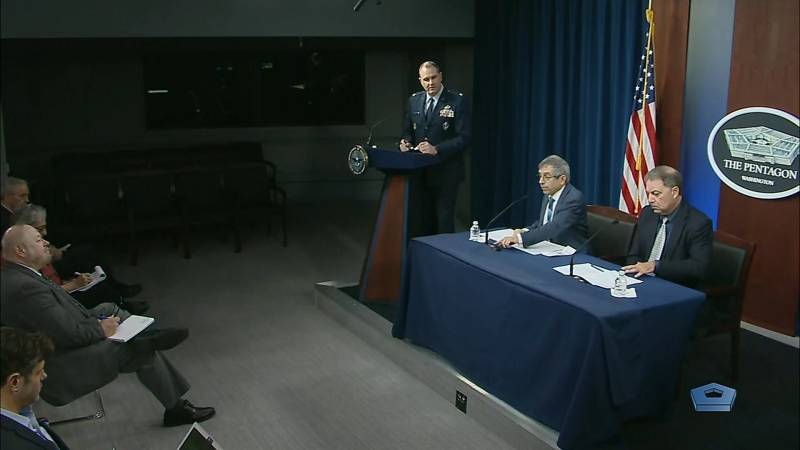
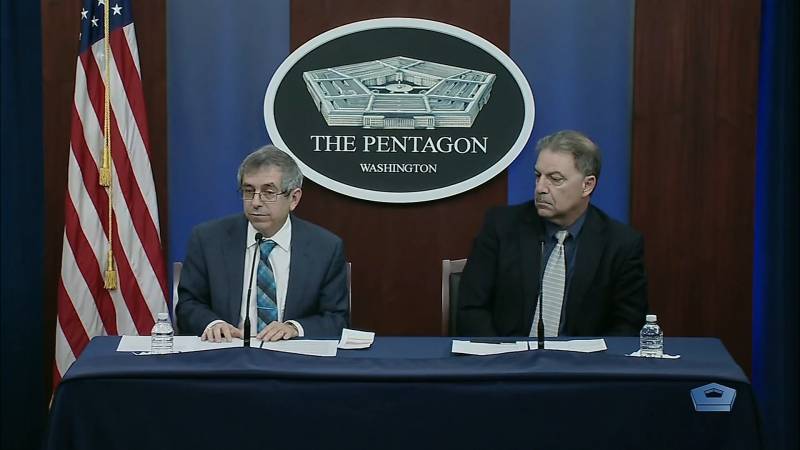
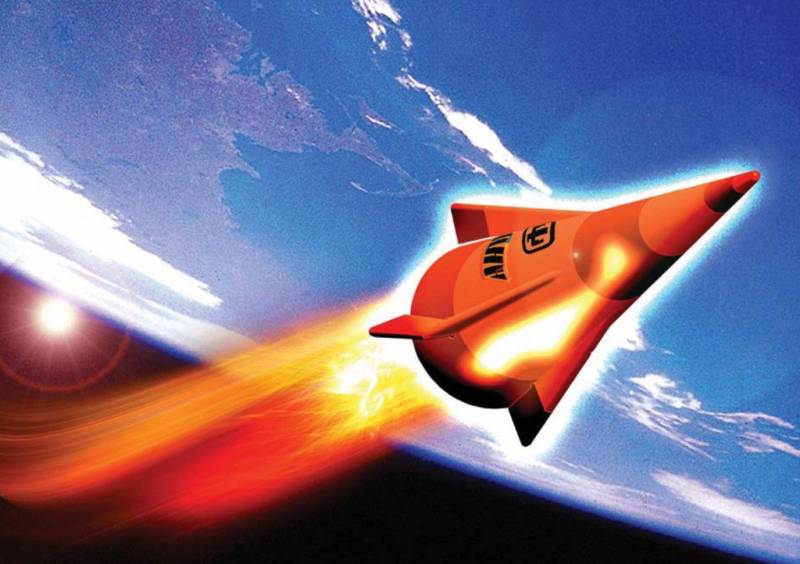
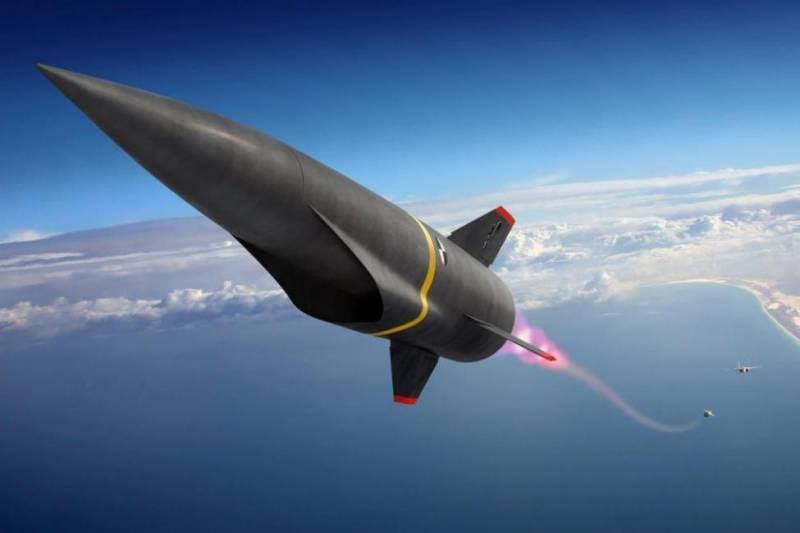
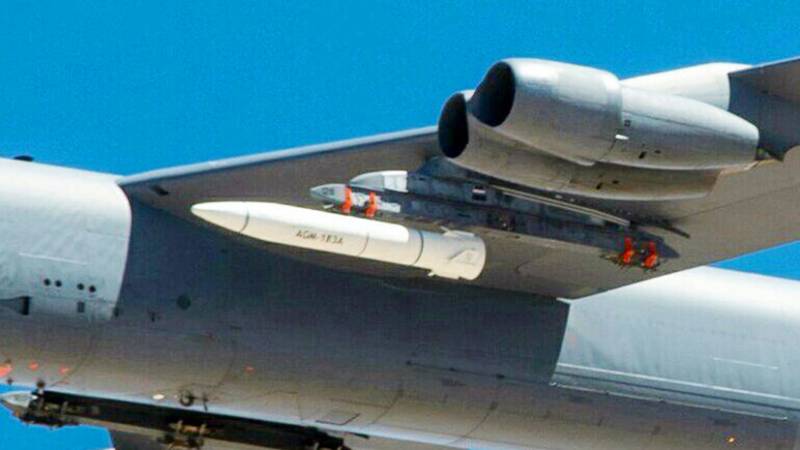
Information